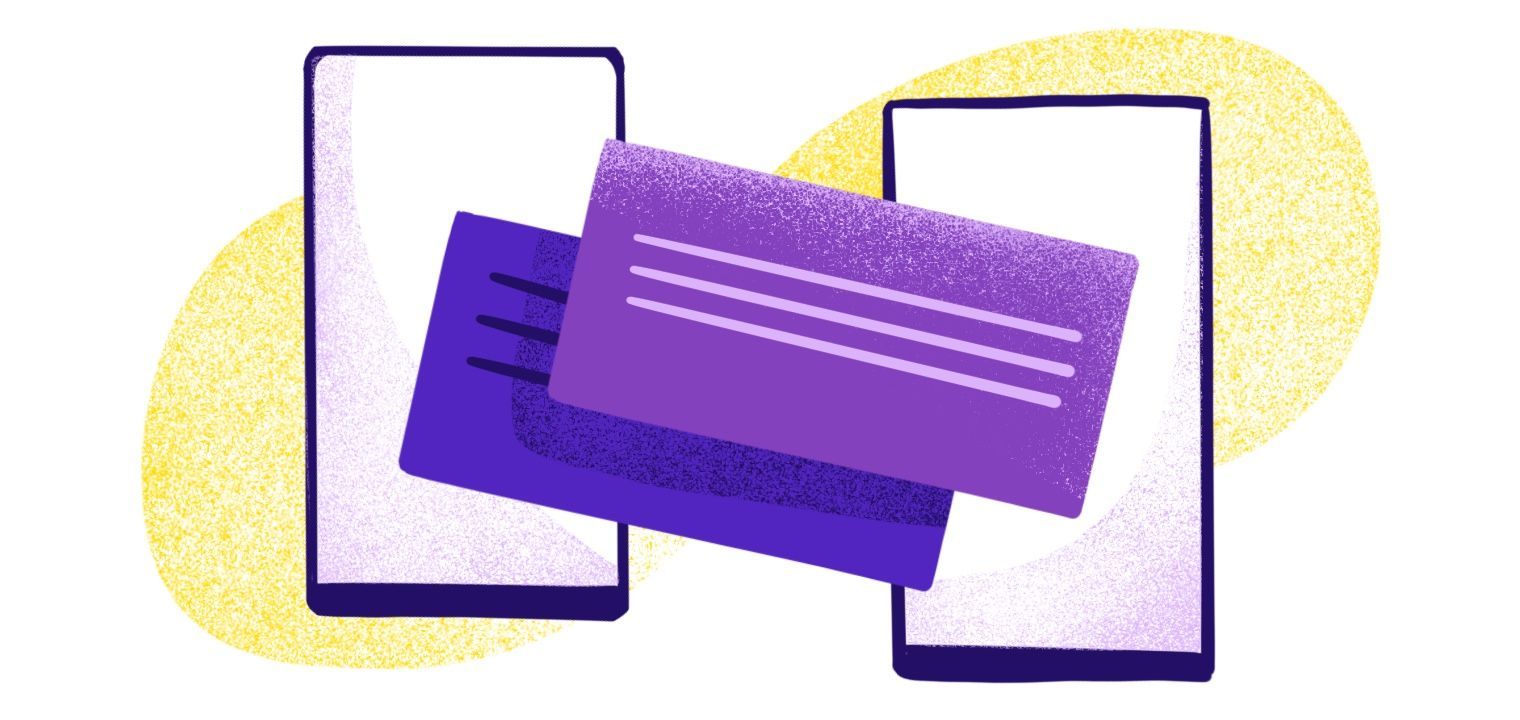Telecommunication systems and the ecosystem surrounding them have grown in the last few decades. There now exists a wide range of communication standards and technologies available to users and businesses. While the ways in which businesses/brands can reach users has grown, the development of these technologies has caused the cost of communication to shrink dramatically.
It’s not difficult to reach customers or prospective customers in today’s world. Once that contact has been made, the difficult part is in establishing a relationship with them. Now that the channels of communication have multiplied, the customer is bombarded with messaging from all kinds of businesses and brands. As a result, they tend to ignore much of the templated marketing communications from businesses.
What stands out to the customer is a personal communication that’s not based on a template, and P2P messaging and texting is an effective and cost-efficient way to reach consumers in a meaningful manner.
How P2P Messaging Works
P2P is an abbreviation meaning peer to peer or person to person. P2P refers to the transfer of information or data between two individuals without the support or influence of a third party.
Take email, for example. Most people use the services of the most popular service providers like Gmail or Microsoft. The emails are stored in the servers of these service providers, and therefore email communication cannot be considered P2P as those third parties have access to the communications.
In P2P messaging platforms, no part of the information is stored in third-party servers. The network intermediaries simply route the information, thereby making the communication private between the participants.
How is it different from A2P messaging?
A2P is short for Application to Person. Here, a software application sends mass messages to a large number of users, with API triggers and webhooks used to trigger the messages. Transactional emails, push notifications, etc. all fall under A2P messaging. A human has to trigger communication in P2P messaging, but this requirement is not necessary for A2P messaging.
P2P Messaging Applications
As P2P messaging is exempt from the Telephone Consumer Protection Act (TCPA), it has many potential applications within a business environment. This is in addition to the most common use as a communication channel between two individuals. The following sections discuss the applications of P2P messaging in the commercial context.
Customer Service
Customer service plays a big role in the satisfaction experienced by consumers of goods and services. Many customer service interactions lack a personal touch and can lead to a negative experience for customers. Call-based customer service also requires the user to be actively engaged with the phone and can involve long waits to speak to a representative. This is a waste of time and energy for customers.
In this situation, P2P messaging could better serve as the customer service channel for the organization. It provides personal engagement for users that they can access at their leisure, making customer service more engaging, accessible, and stress-free for customers.
Brand Engagement
Branding can be used to build a loyal customer base, with P2P tools helping to build a human-like relationship with customers. This can be used to drive engagement and create a lasting, positive impression of the brand with the consumer.
Since the interactions with consumers take place with real human operators, this makes the consumers more receptive to the messaging. P2P messaging also enables businesses to have dynamic and organic communication with their consumers.
Political Campaigning
The recent political campaigns have seen the rise in P2P technology used as a campaign tool. Just as with consumers, not all voters in the same constituency respond to the same messaging. They have their own reasons to choose one candidate over another. While door-to-door campaigning can be used to engage directly with voters, it can be time-consuming, physically demanding, and costly.
P2P messaging can make it easier to reach each individual voter, with campaign teams engaging with individual voters and addressing their concerns. Such P2P campaigns have been proven to be highly effective in previous election cycles.
Non-Profit Organizations
P2P messaging isn’t just useful for political campaigns, but also non-profit organizations. These organizations can use P2P messaging to solicit donations, engage with donors, recruit volunteers, and increase engagement with both beneficiaries and volunteers. Similar to political campaigning, it reduces the difficulties and expenses for non-profit organizations to engage with different stakeholders.
P2P: Part of Your Messaging Strategy
P2P messaging can form an integral part of an organization’s communication strategy by delivering genuine human-like engagement with users. It can be part of a cohesive messaging strategy that includes email communication, transactional messaging, and push notifications.
Businesses developing a messaging strategy can improve accessibility and convenience by integrating an inbox with your application, so that all notifications and messages can be accessed from a single location. Best of all, MagicBell’s inbox solution can be integrated with any application within minutes, enabling you to be up and running in no time.
